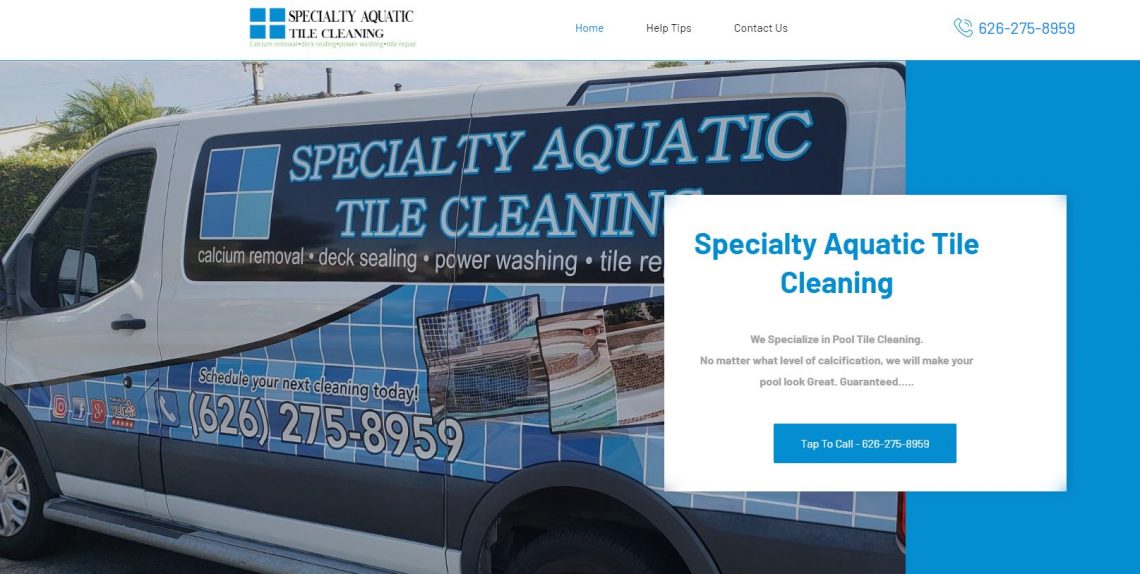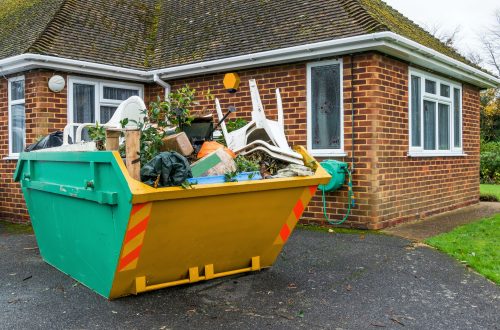
Pool Tile Cleaner
If you want to have a sparkling pool, you need to invest in a good pool tile cleaner. These products are specially designed to remove any stains and dirt on your pool tile. They are environmentally friendly, effective and will protect your pool from harmful chemicals. They are also made from natural ingredients, which are good for the environment. For further information on pool tile cleaner, you can contact the experts at https://calciumkiller.com who will be happy to advise you accordingly.
It is essential to maintain a balance of pH, alkalinity and calcium hardness in your pool in order to avoid stained tile. If your tile gets stained because of algae, a tile cleaner can help restore the soiled area. In addition to this, a pool stain remover can remove algae stains.
Some tile cleaners contain a calcium releaser to help remove calcium buildup. These products are safe for use on swimming pool tiles, but make sure to follow the safety guidelines when using them. Some of these chemicals contain acid that can damage pool finishes. If your pool is made of fiber glass, you should use a scaling treatment to clean it effectively. Other methods could scratch the fiber glass. Another way to remove calcium deposits is using a rock therapy. Make sure that you wet the stone thoroughly before applying it to the tile.
Using a pumice stone can also help remove mineral deposits. This tool is made from volcanic rock and breaks down deposits on the surface. You should use it with a gentle touch and use it in circular motions along the waterline. This method is effective and will help keep your tile sparkling for a long time.
Using a vinegar-water solution on your pool tile is also a good idea. The combination of the two will help loosen the grime and remove calcium deposits. It is a natural cleaning agent that does not contain any chemicals and does not require a lot of time. You can even use a scrubbing brush to scrub the tile surface using the mixture.
If you want a stronger cleaner, you can try a Wipe Out All Purpose Surface Cleaner, which comes in a 1-quart bottle. This cleaner is suitable for pool tile as well as other surfaces. It is available in two-packs, and four-packs. It is an effective cleaner for tile, but it is not effective for metal buildup and will leave behind a chemical smell.
Calcium buildup is the most common problem that plagues pool tile. This buildup is caused by high levels of dissolved minerals in the water. Water softeners or expert pool cleaners can help remove these minerals from the pool tile surface. If you can’t remove the calcium buildup, consider a solution that has a high acidic pH.
The Importance of Cleaning Pool Tiles
It is very important to clean the tiles of your swimming pool regularly. A standard pool brush can be a great tool for this task. It should be made of plastic or hard bristles, as metal ones can cause damage. Use this brush on the tile about every two weeks. It will remove light buildup, small particles, and mold.
Before cleaning your tiles, you should determine the type of dirt that is on them. A good way to determine this is by checking the pH level of your pool water. The pH level will affect the resistance of the tiles to stains and discolorations. You can test the water chemistry of your pool every month or two during swimming season. Tests should include free chlorine, total alkalinity, and salt content, which should be measured in sodium chloride.
After cleaning tiles, you should protect the tiles from further damage by applying protective agents. These agents will prevent future buildup and will keep contaminants from bonding with the tile. The protection will last for a few months. It is also necessary to clean tiles regularly with a nontoxic cleaner. You can also use an old toothbrush to scrub problem areas.
When cleaning waterline tiles, you should be careful not to apply a large amount of cleaning solution to one section of the tiles at a time. It’s better to do this in small increments so as to minimize the accumulation of dirt. Afterwards, you can use a vacuum to remove any remaining organic material.
You should also use a stain remover specially designed for this purpose. This will help you remove any stains left behind by algae. You should also check the balance of the pool water to prevent staining of your tiles. If the stain is caused by algae, use a pool tile cleaner to remove it.
During the summer season, it is essential to use a tile cleaner on the tiles. It is best to spray it on the tiles after draining the pool. Wait 15 minutes and then scrub the tiles with a hard bristled brush. Repeat the procedure around the perimeter. If you notice mineral deposits on the tiles, you can also use a pumice stone to remove them.
Another tile problem is calcium buildup. It is usually caused by high pH levels in the water. When this happens, the calcium carbonate separates from the water and forms a scaly buildup on the tiles. The calcium carbonate buildup can be removed by using acidic solutions.
When cleaning pool tiles, you should start by using a lower-pressure nozzle and a low-pressure setting. It’s important to move slowly and carefully around the tiles, avoiding any hard to reach places.




